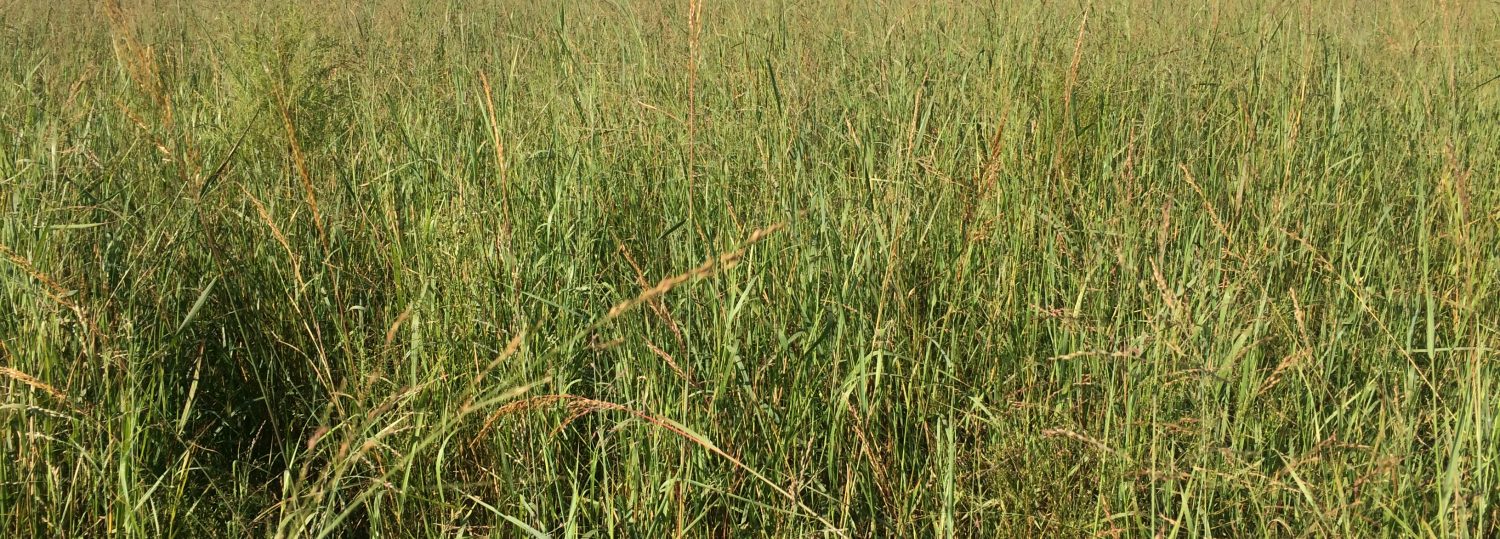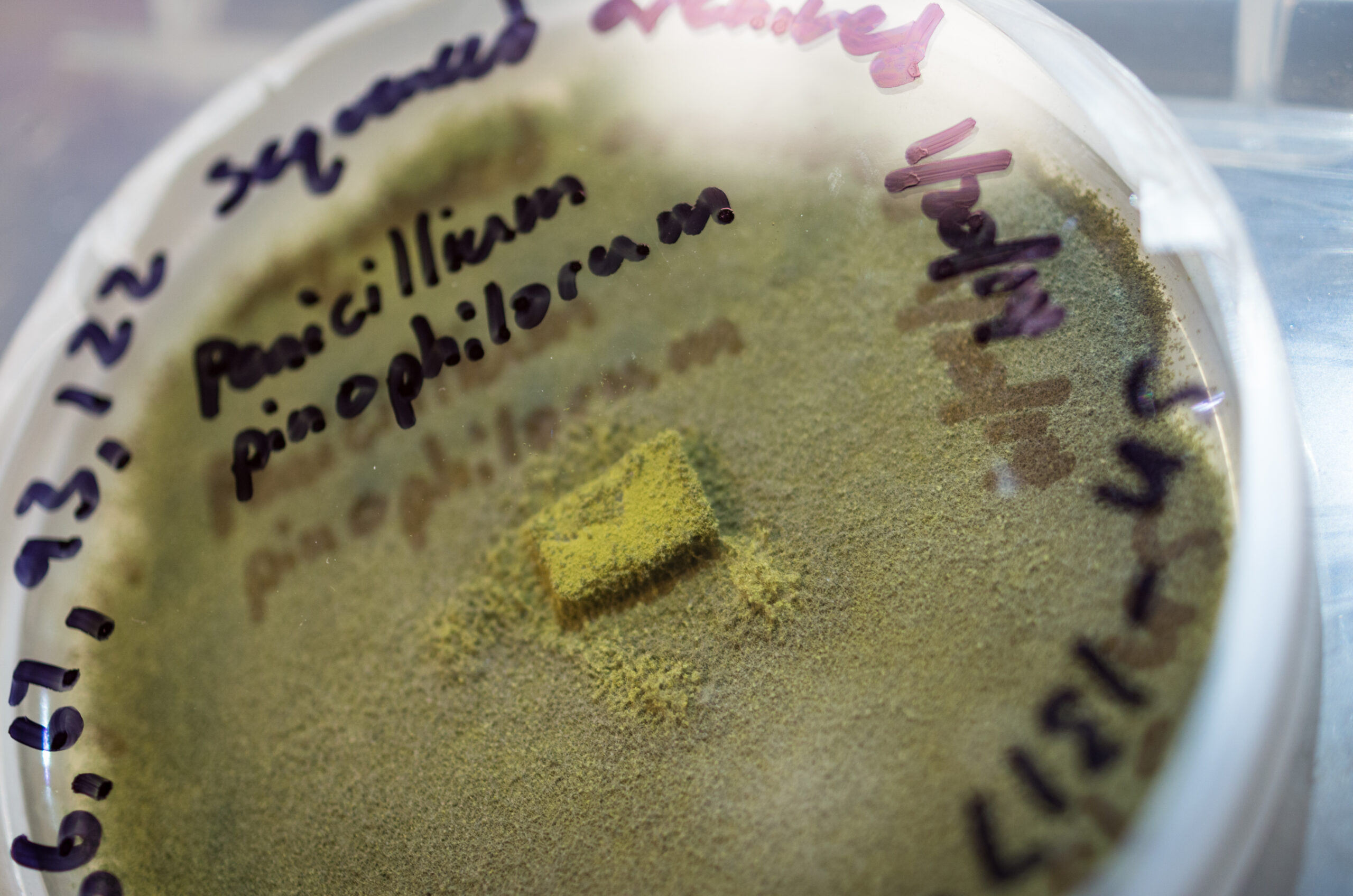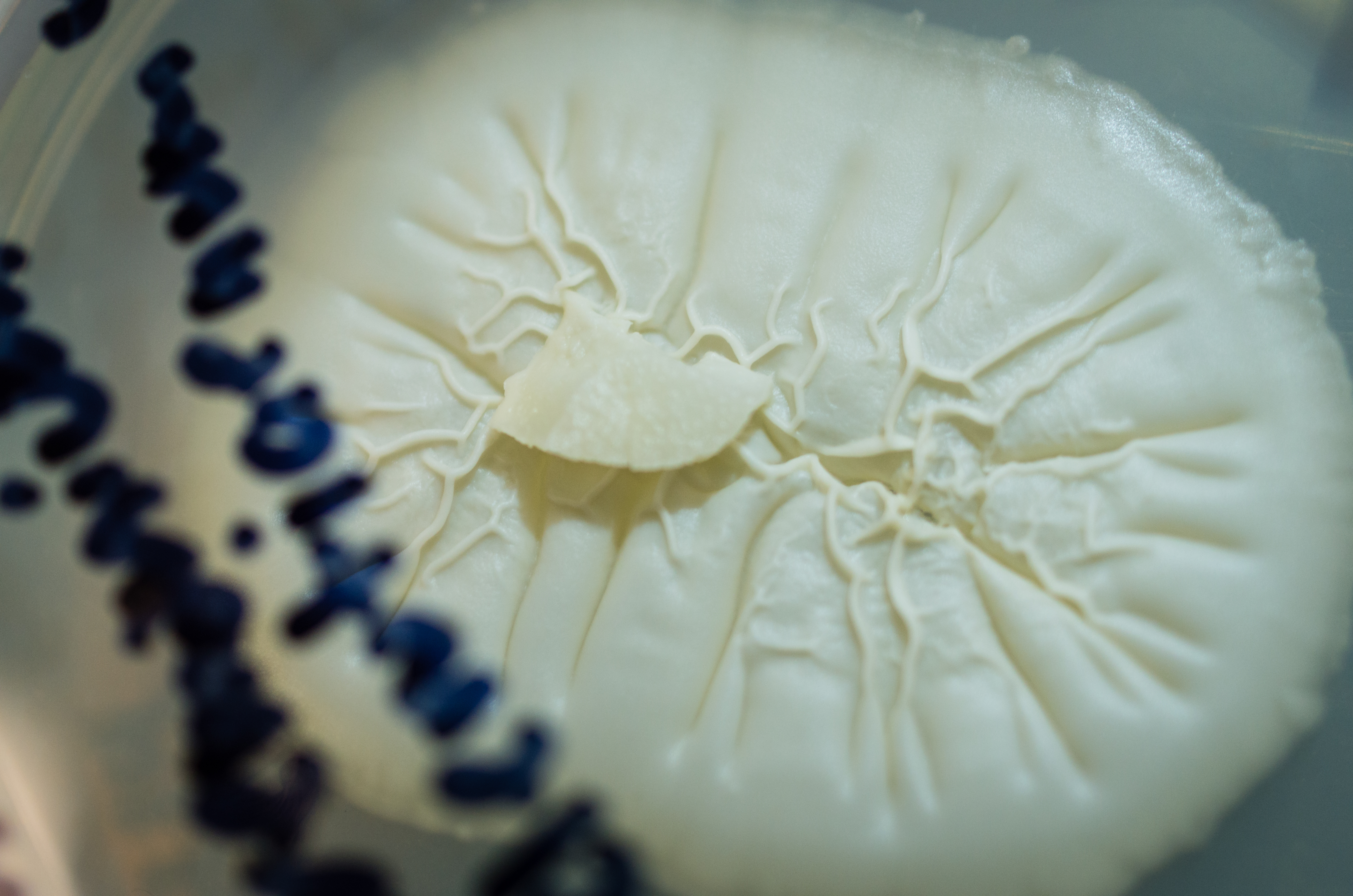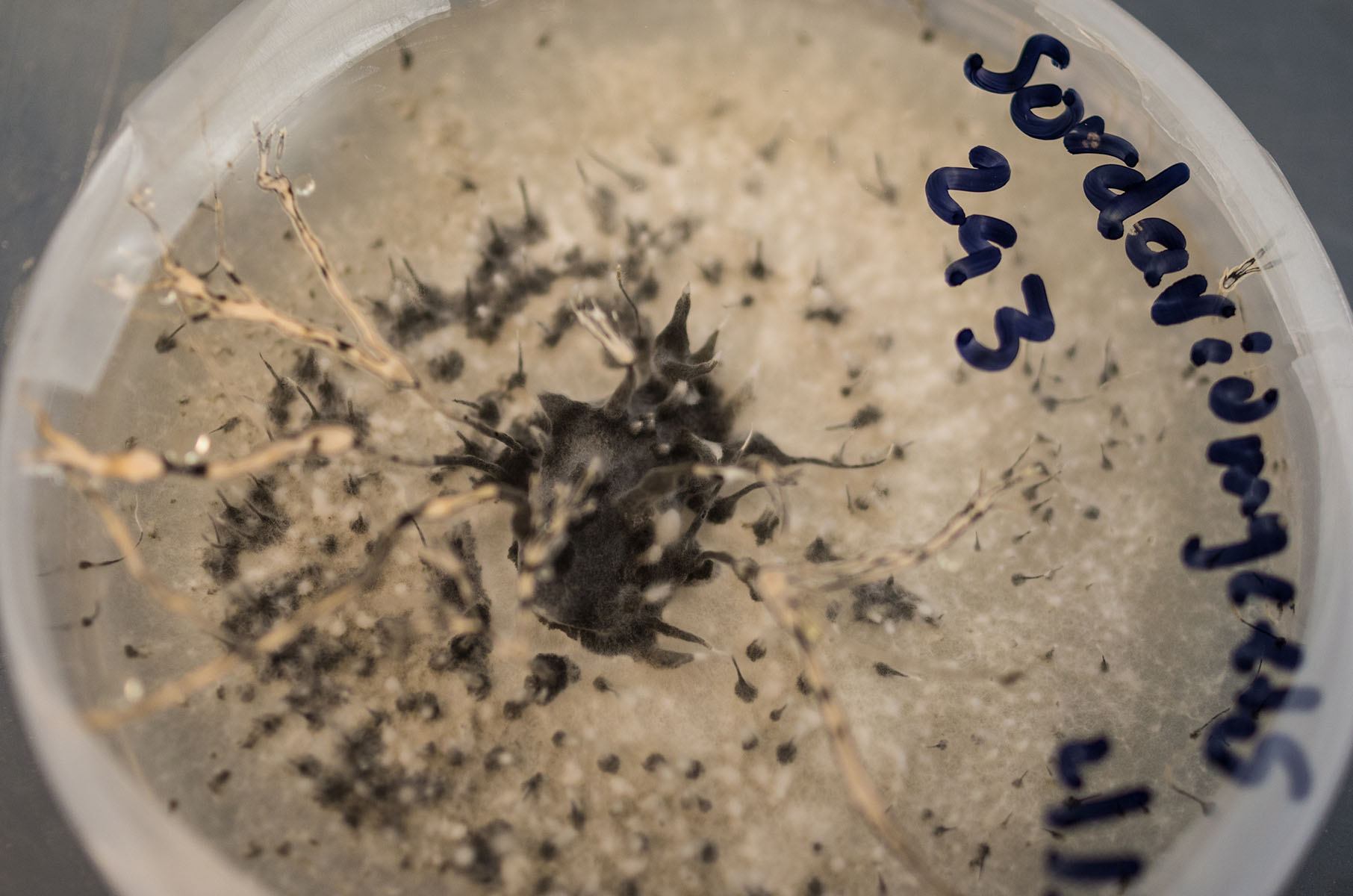
Research
Plant Microbiomes

Plants are home to a wide variety of fungi and bacteria living both inside plant tissues and on plant surfaces. We study the ecological mechanisms underlying community assembly of fungi and bacteria on plants across scales from individuals to landscapes. In addition, these microbes can mediate plant growth and physiology, effectively extending the plant phenotype. We are particularly interested in how they can rescue or protect plants from drought and pathogens in both natural and agricultural ecosystems. Finally, we also ask how the microbiome can impact ecosystem carbon, nutrient, and water cycling both directly and through their effects on plants. To address these questions, we use a combination of field, greenhouse, and lab experiments. Using our extensive culture library of fungi, we explore the function of individual symbionts, study fungal interactions, and identify genomic and chemical mechanisms underlying plant-microbe interactions. Our ultimate goal is to develop a predictive framework for the outcome of symbiosis that can assist with translation of the plant microbiome for on-farm application. We have multiple projects in this area including:
(1) FunCrops: Foliar Endophytes for Enhanced Crop Sustainability and Resilience
(2) MATRIX: Microbiome-Assisted Triticum Resilience in X Dimensions
(3) Community Systems Biology of Microscale Interactions for Sustainable Bioenergy
(4) Developing the Phytobiome to Benefit Plant Drought Responses: Foliar Fungal Endophytes in Agricultural and Biofuels Grasses
Soil Microbes and Climate Change

Historical contingencies in how soil microbes respond to a change in the environment can make processes such as soil respiration less predictable from contemporary environmental conditions. To understand how prior climate controls current microbial community function, we examine the drivers of historical contingencies using soils from across environmental gradients and experimental climate manipulations. Based on a decade of study across a steep precipitation gradient in central Texas, we found that soil microorganisms from historically drier and wetter habitats responded to moisture differently. In drier vs. wetter regions, microbial respiration was less sensitive to moisture, meaning microbes respired ~50% less in wet soils. Legacies persisted when we tried to force a change by exposing the soils to extreme wet and dry rainfall over 4.5 years. These results directly contradict current ecosystem carbon cycling models, which assume that all microorganisms everywhere respond instantaneously to a change in the environment. Our current focus of this work includes sampling experiments in the global DroughtNet Research Coordination Network to determine the generality of climate legacies on soil microbes, by sampling both ambient conditions and drought effects in forests, grasslands, and deserts worldwide. Initial results suggest that climate legacies constrain the soil respiration response to moisture globally, and that this persists even after 6 years of extreme drought. This project is supported by the NSF.



